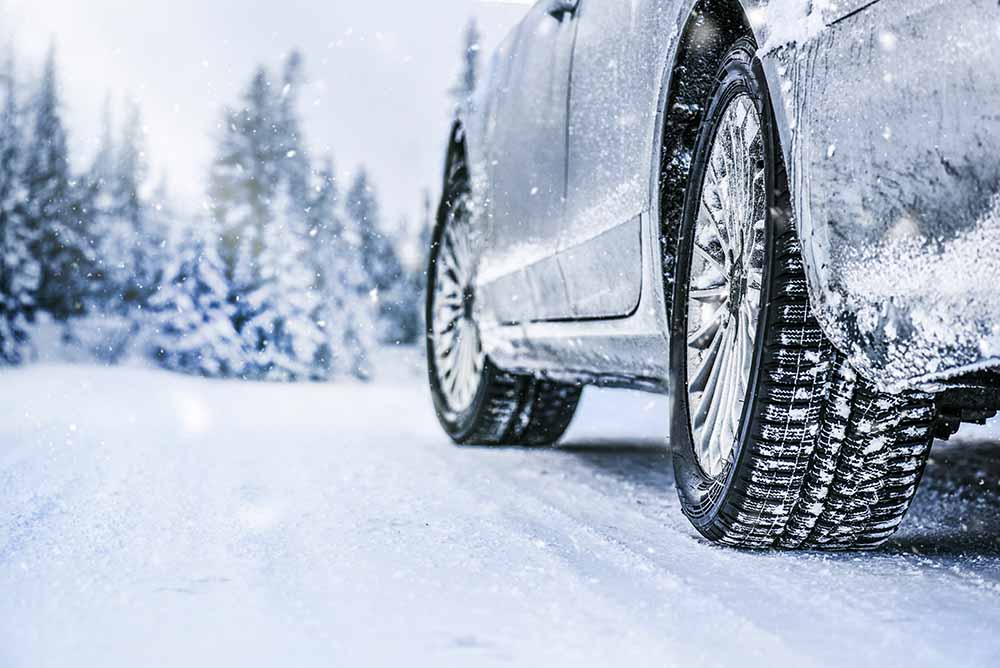
Winter comes pretty reliably every year in Canada, but it still manages to catch many drivers by surprise when the snow hits the ground for the first time. With a few simple precautions, however, you and your vehicle can be ready to tackle the worst of winter in safety and comfort. Here are the most important things you should do to prepare your vehicle for winter.
Put on snow tires Check your wiper blades Top up wiper fluid Get roadside assistance Assemble an emergency kit Check the battery Add traction, not ballast Check your floor mats
Put on snow tires
Whether your area gets a lot of snow or an occasional dusting, snow tires are a must. Putting aside the fact that weather is unpredictable and snowstorms can arrive with little warning,
Check your wiper blades
Having a clear, unobstructed view of the road is vital for navigating safely, and it’s hard to see much of anything behind a windshield obscured with ice, snow or sleet. While it’s always important to have your wiper blades in good repair, in winter it becomes even more so. Experts recommend replacing your blades annually, so give them a thorough visual inspection for cracks and other damage, and don’t hesitate to put on a new set if needed.
Top up wiper fluid
Much like wiper blades, wiper fluid is an essential part of your winter safety checklist and is especially helpful for driving on wet, slushy roads and highways. Top up your tank early in the season and check your fluid levels every time you fill the gas tank to ensure you don’t run out.
Get roadside assistance
Whether you have an older vehicle or a new one, breakdowns can still happen at any time, and you don’t want to wait until you need it to put a roadside assistance plan in place. If you have a newer vehicle, check to see what kind of roadside assistance plan you have under your warranty. If you don’t already have one, purchasing an annual plan is a good investment in your peace of mind, and will make things much easier the next time your battery dies or you get a flat.
Assemble an emergency kit
A
Check the battery
Cold weather is particularly hard on batteries, and if yours is on its last legs it’s a good idea to replace it before it dies at an inopportune time. You can certainly check the battery yourself with a voltage meter, but if don’t have the right tools (or are just nervous to go tinkering with your battery), have your mechanic take a look when you get your winter tires installed. The price of a new battery is worth it, if only to avoid the dreaded moment when you turn the key and nothing happens – which will inevitably occur when you’re already late for work.
Add traction, not ballast
You may have heard that adding a bag of road salt (or something else heavy) to your trunk in winter will help your rear-wheel-drive vehicle with traction on the snowy ground. This may have been true decades ago, but these days a good set of winter tires will give you all of the traction you need, no ballast required. Despite this, keeping a bag of salt, sand or clay-based cat litter in your trunk can come in handy if you get stuck in the snow and need some extra grip.
Check your floor mats
If you, like many drivers, swap out carpeted floor mats for winter rubber ones, make sure they are properly installed and secure (and not simply placed on top of your old floor mats), as a loose or ill-fitting mat can interfere with pedals and cause an accident.
Jeremy Freed is a freelance writer and editor based in Toronto. His writing about fashion, travel, food and design appears in Sharp, Harry and re:Porter magazines, among many others.